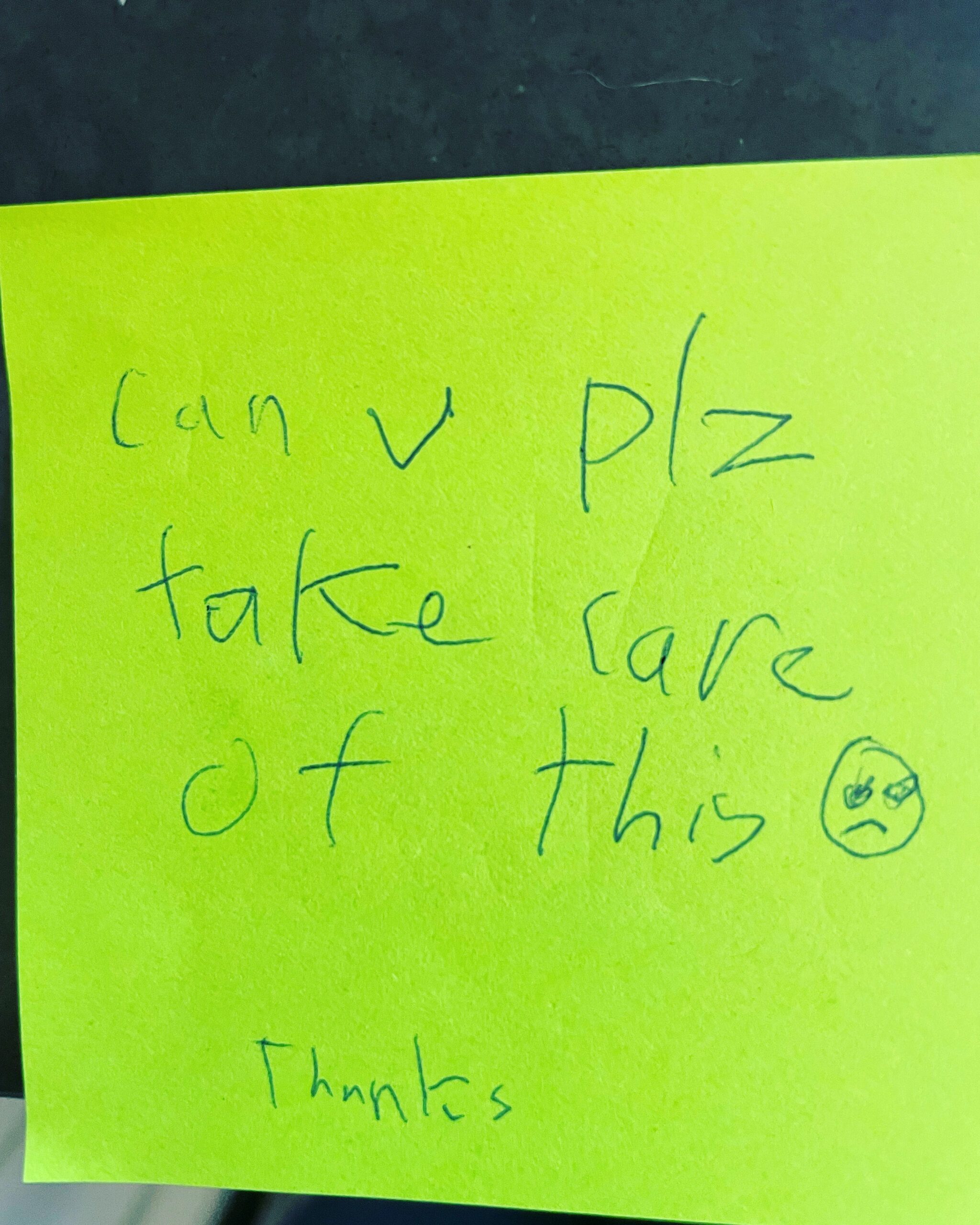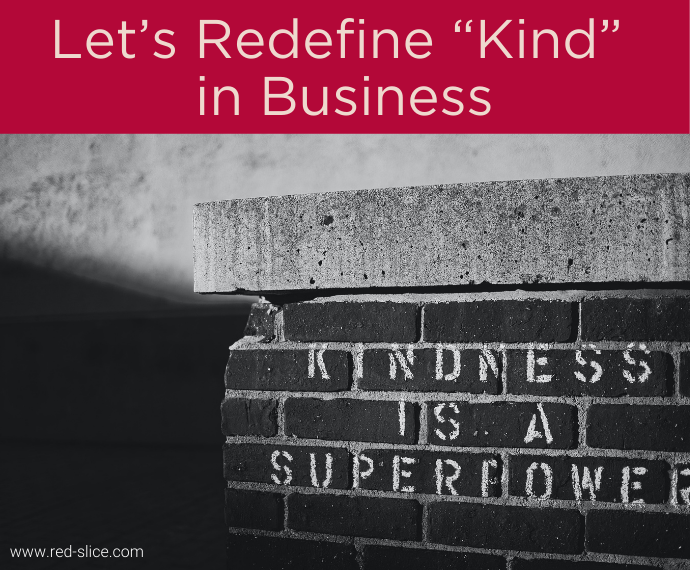When times get tough, our family knows it’s time to sit down and review the credit card statements to see where our money is going. We think in terms of essentials and nice-to-haves. We must make difficult decisions. We must look at alternate ways to get things done. And we must make sacrifices.
Organizations are going through this process right now. The challenge lies in what to consider essential or a luxury. And it’s not always as easy as we like to think.
The tendency is to cause long-term pain in the name of short-term gain. It might look nice and pretty on the balance sheet to cut things that appear non-revenue generating. But stop for a minute: What about the long-term impact of those decisions?
Consider shoes. Yes, shoes. What I have learned in my life is that a bargain in the short term is foolish in the long term. I can opt for the cheaper pair of trendy shoes because it feels good to my wallet at that point. But after wearing them four times, they are trashed. They come apart. They hurt my feet. Because I scrimped on quality for the short-term cash savings.
Contrast that to investing in a well-made, more expensive pair of shoes. I have shoes in my closet I have had for YEARS. They still look great, they hold together, they don’t hurt my feet so I actually wear them more often than I ever wore those cheaper shoes. In the long run, my investment was smarter.
Can you compare company line items to shoes? Yes, you can, when leaders are making the same short-term sacrifices and not thinking about sustainable, long-term value.
For example, professional development. Training.
To some, it makes total sense to cut out these investments because, really, how will they help us make our numbers this quarter? We need everyone out Selling! Making! Shipping!
Especially after a hard layoff, such programs can feel especially overindulgent. How can we justify cutting those jobs when we are investing in programs like communication, collaboration, empathy, critical thinking, or emotional intelligence, leaders think?
Here are 3 reasons why cutting professional development will cost you:
- You won’t be able to expand your leadership capacity to solve problems effectively and get work done.
Investing in leadership capacity will be the smartest long-term investment you can make to ensure everything else you do runs at full power. It’s the lever you can’t overinvest in! When your leaders are strong, they can make magic happen with whatever they are given. Resilient in the face of change. Able to pivot and adapt quickly to whatever the market throws at them. They will inspire and motivate in the tough times. They will be more innovative and resourceful. They will get the job done.
- You won’t be able to retain and attract the best talent who is looking for an organization to invest in their development.
You feel like you’ve kept your best people after a round of cost-cutting. Great. What do you think they want? They want to know they are still with a company that is investing in them. Research shows that up-and-coming talent desires flexibility and professional development far above other perks. If they don’t get either, they are gone. Plus, your organization won’t look very attractive to anyone you want to hire to replace them when they leave. You’ll constantly be playing catch up – not to mention the added cost and expense of churn and recruitment, plus the lost learning curve. Do you really want to go there right now?
- You won’t maximize the people you have left to give them an edge. To help them innovate, problem-solve, stay motivated.
After a tough layoff, you will have less people left. Doing the same amount, if not more work. If you want to be really analytical about it, you have limited resources left, So don’t you want those resources working at optimal capacity? If you have three cars and you sell two off, don’t you want to invest in the care and maintenance of the one car you have left so it performs at its best?
If you are looking at training and professional development as a “nice to have” you may want to re-evaluate. Is all that extra headache and cost in turnover, low productivity, and lost market opportunities really worth what you think you “saved” in cutting these programs?
Photo credit: Unsplash








